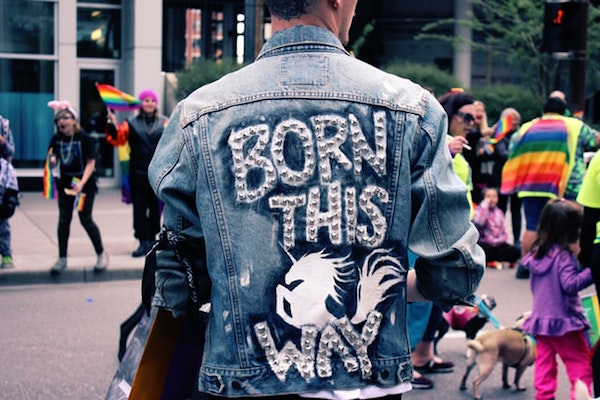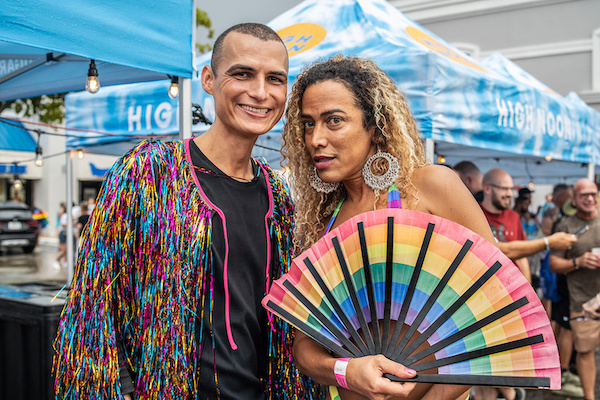
Wedding Announcement: Maria Carolina Gutierrez and Mary Alice Hancock
November 27, 2019
The Dos and Don’ts of Holiday Newsletters
December 5, 2019Fashion and identity have always been closely linked. How we dress and who we are usually correlate pretty closely. Clothing has always been a part of LGBTQ culture, helping people feel safe amongst like-minded people, express resilience against oppression, and make clear their pride.
However, the link between modern fast fashion and LGBTQ empowerment is not necessarily a good one. Fashion brands have been criticized for paying lip service to empowerment and self-realization while reinforcing damaging beauty standards. The ‘capitalization’ of ‘Pride’ has obscured sexuality and identity in favor of aesthetics. It is a confusing situation indeed.
‘Pinkwashing’ – the use of pride to sell products without committing to change – is prevalent, but it will never eclipse the truly transformative power of clothing. The history of LGBTQ clothing is storied and reflects the evolution of sexuality’s role in society.
Fashion and Function
Fashion always has a function, and our inner selves often influence the way we adorn ourselves.
LGBTQ fashion trends have often come from an overt expression of sexual identity. A classic example of this comes in the form of the post-war leather scene. Leathermen expressed a unique masculine sexuality through the use of military apparel, tight leather, and chains. The look is iconic, timeless, and completely resistant to capitalization by fast fashion brands. Although the heyday of leather clubs is long past, LGBTQ fashion owes much to the pioneering mid-20th century style.
Leather clothing is still very popular, although modern leatherwear departs stylistically from the militaristic machismo of the past. Large adult shops such as Wicked Wanda’s in Canada sell a dizzying array of leather clothing items, as well as more traditional sex and self-care products. Clothing can aid in sexual empowerment. Many queer kink “handlers” and “pups” have popularized this leather clothing, visiting such sites as Pup Hood UK. Embracing kink or exploring identity certainly doesn’t have to involve products or clothing, but they can certainly help.
A Long History
In A Queer History of Fashion, From the Closet to the Catwalk, fashion historian Valerie Steele explores the influence of LGBTQ cultures on the way the world has dressed itself. Steele traces the relationship between LGBTQ cultures and fashion back 300 years. Expression and identity through fashion was a reaction to oppression and a covert display of strength. In the history of clothing, there is a secret history of resistance.
Fashion still has the power to resist – the power to express strength in the face of oppression and secrecy. To embrace this power is to be part of a great movement towards agency and freedom. Self-expression through clothing is an essential non-verbal form of communication.
Today, clothing that rejects gender binaries is helping to open up discussions around identity. When clothing raises conversation in the street, the bedroom, or on the catwalk, it helps to demystify and give voice to hard and essential questions.
The evolution of clothing is also the evolution of self-knowledge and identity. Clothing design is undoubtedly a creative endeavor, and creativity should be celebrated. What it must not be, however, is dulled and co-opted.





